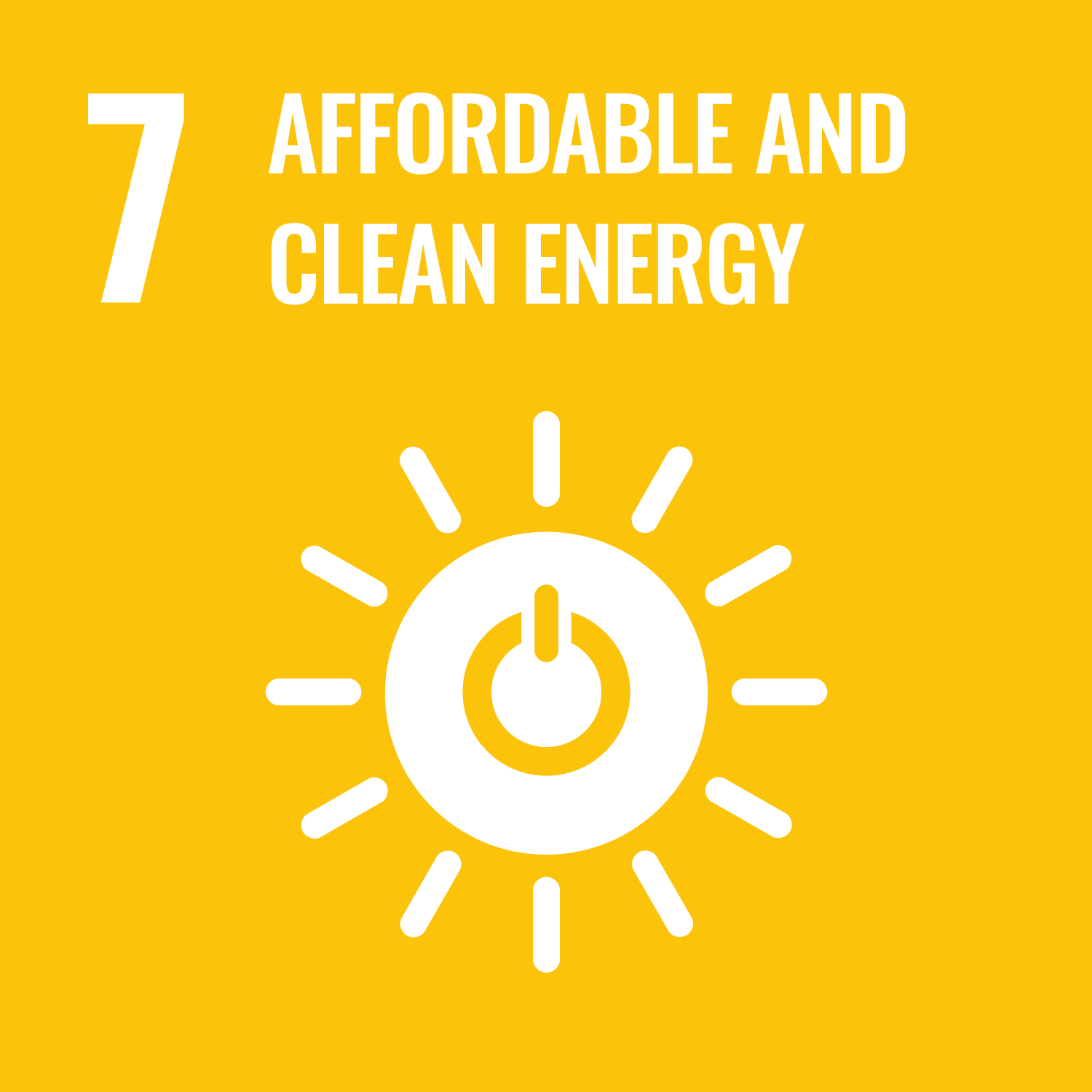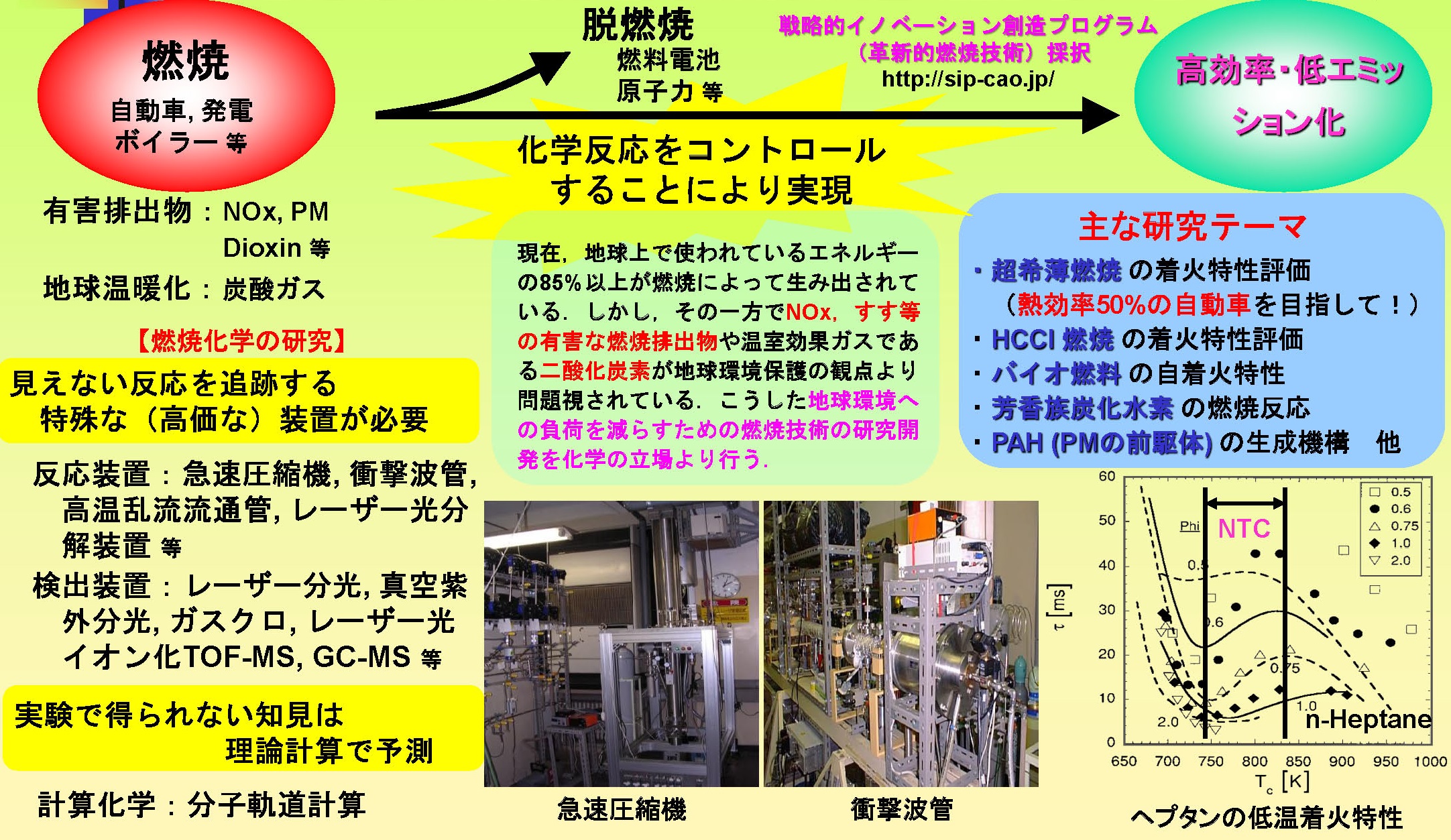2023.07.31



Faculty of Science and Technology / Department of Materials and Life Sciences
Takahashi Kazuo Professor
Today, more than 80% of the world’s total energy is produced using the combustion phenomenon. However, combustion produces air pollutants such as NOx and CO2, which is a greenhouse gas, so the so-called “high-efficiency, low-emission combustion” environmental measures are the highest priority.
In our laboratory, we are aiming to develop a new combustion technology that minimizes the burden on the environment by grasping the combustion phenomenon from the microscopic viewpoint of chemical reaction and controlling the chemical reaction of combustion. Specifically, we are particularly strong in building a comprehensive reaction model for hydrocarbon ignition toward the practical application of a premixed compression self-ignition engine that can achieve both low fuel consumption comparable to that of diesel vehicles and clean exhaust gas comparable to that of gasoline vehicles. I am studying with.
In recent years, we have built an explosion reaction model for hydrogen and other gases, which are attracting attention as clean fuels that do not emit CO2, and we are also focusing on safety engineering research to predict and avoid these explosions.
